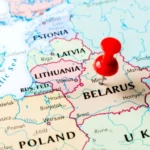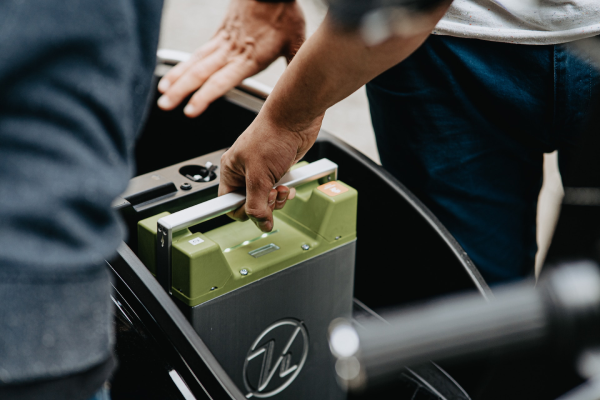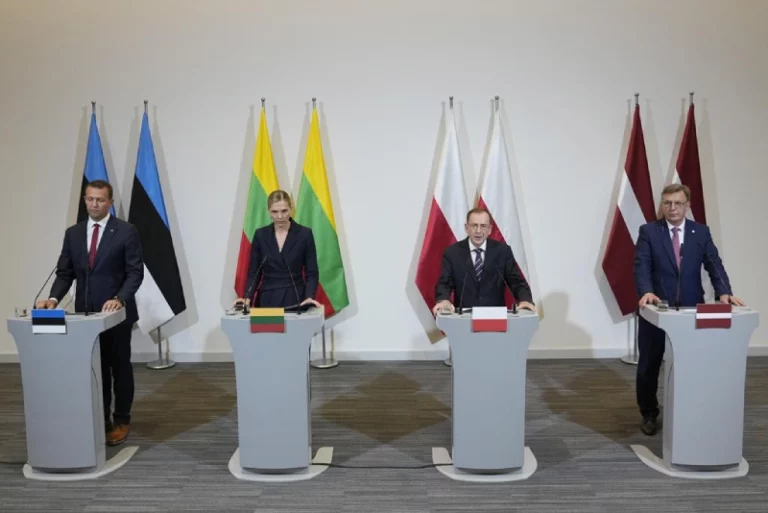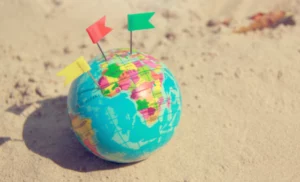Poland has surpassed the United States to become the world’s second-largest producer of lithium-ion batteries, with a production capacity of 73 GWh in 2022, according to a report by the Polish Alternative Fuels Association.
This accounts for 6% of the world’s total production capacity, while all European countries combined make up 14%.
Despite this achievement, China continues to dominate the market with 77% of the global capacity. However, the PSPA warns that Poland could fall to sixth place by 2027 due to fierce competition from other countries.
Poland’s battery sector has seen robust growth in recent years, with exports from the sector increasing 38-fold over the last six years, from around 1 billion zloty (€0.21 billion) in 2017 to 38.6 billion zloty (€8.24 billion) in 2022. This has been made possible thanks to major investments by foreign companies such as LG Energy Solution, Northvolt, SK Nexilis, and Mercedes-Benz.
Europe’s largest car battery factory
Poland is also home to Europe’s largest car battery factory and largest factory for energy storage systems, both of which have helped boost the country’s position in the global market.
Despite these successes, the PSPA report highlights the need to strengthen the potential of the battery sector in Poland by increasing domestic capacity for raw materials, developing qualified human resources, and increasing innovation in the supply chain.
One major challenge is the lack of lithium resources in Poland, as there are “no prospects of finding” reserves, according to the Polish Geological Institute.
While Europe does have significant lithium resources, commercial mining operations are still in the pipeline, with few currently available.
To address this, the report suggests simplifying administrative procedures to accelerate the launch of new mining and processing capacities, as well as implementing incentives for the development of battery reuse and recycling technologies to create a closed cycle of production, operation, and disposal.

















